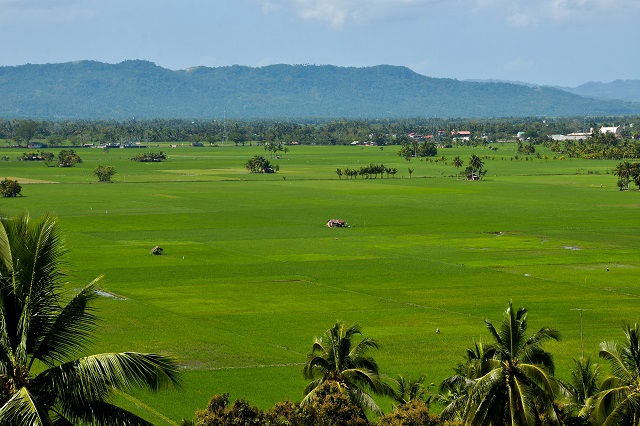
Department of Agriculture-Philippine Rice Research Institute (DA-PhilRice) calls on local government units to pass ordinances that encourage farmers’ collective practices for increased yield and enhanced climate change adaptation.
Released in its new “ Rice Science for Decision-Makers” issue, the appeal transpired from results of the DA-PhilRice project titled, “Enhancing capacities to enhance crop productivity and climate change resiliency: A community-based approach in Aurora Province,” which proved that bayanihan and crop diversification have increased rice yield from 3.64 to 4.49t/ha.
Implemented from 2012 to 2014 in Maria Aurora, project implementers motivated 100 farmer-members of the Diaat and Malasin Irrigators’ Association to sign a resolution to practice synchronous planting as strategy to reduce pest occurrences in the rice fields.
With the resolution, all farmers are required to finish crop establishment in a month’s time during the wet season. In the dry season, farmers planted other crops such as corn, mung bean, and sweet potato. The participating farmers were also trained in a Farmer Field School on integrated pest and nutrient management.
From about 65% pest injury level in 2012, infestations caused by sheath blight, leaffolder, and bacterial leaf blight went down to 30% in 2013.
More than five years after the project ended, the Municipal Agriculture Office in Maria Aurora has confirmed that farmers still practice synchronous planting and integrated pest and nutrient management.
Moreover, rice yield in the project sites has remained above 4t/ha except when production is beaten with typhoons or other natural calamities.




